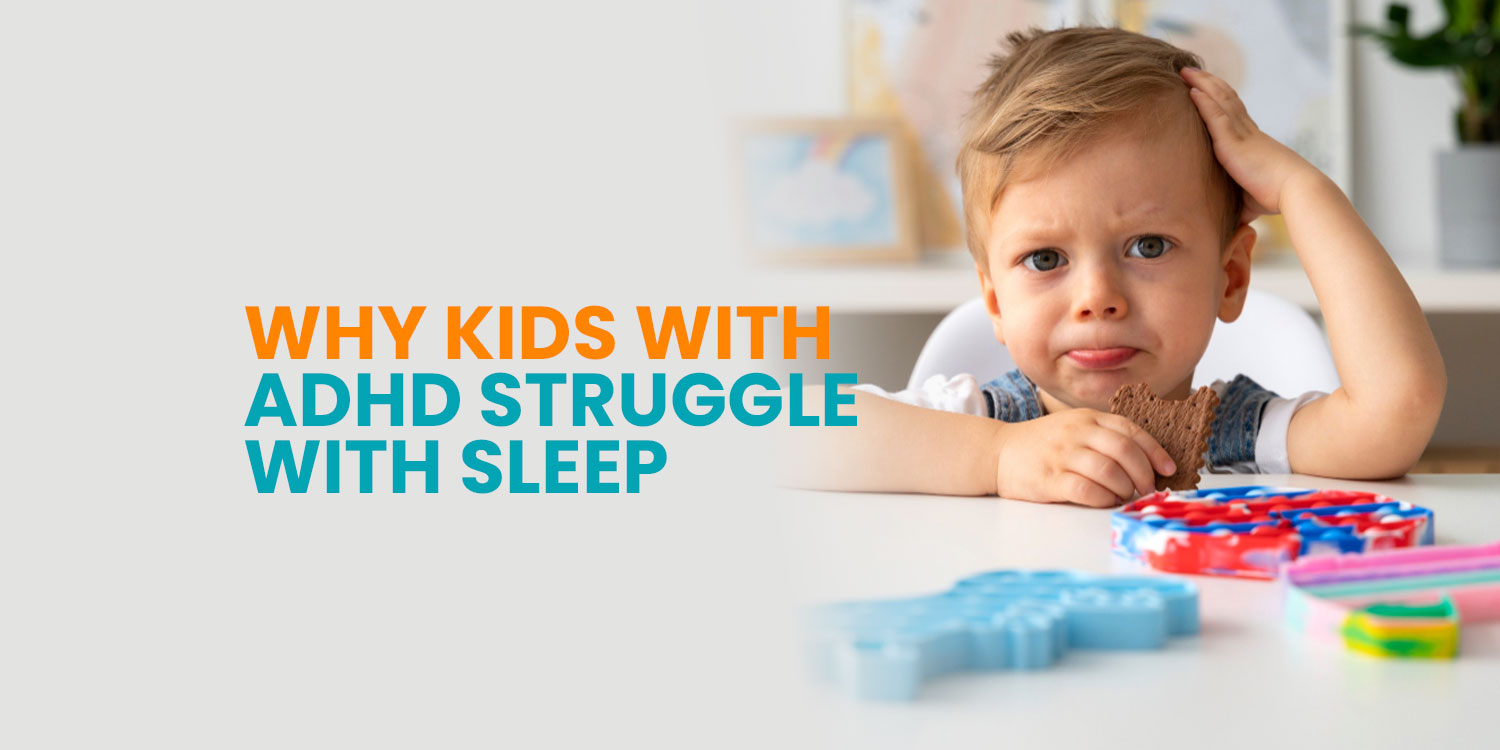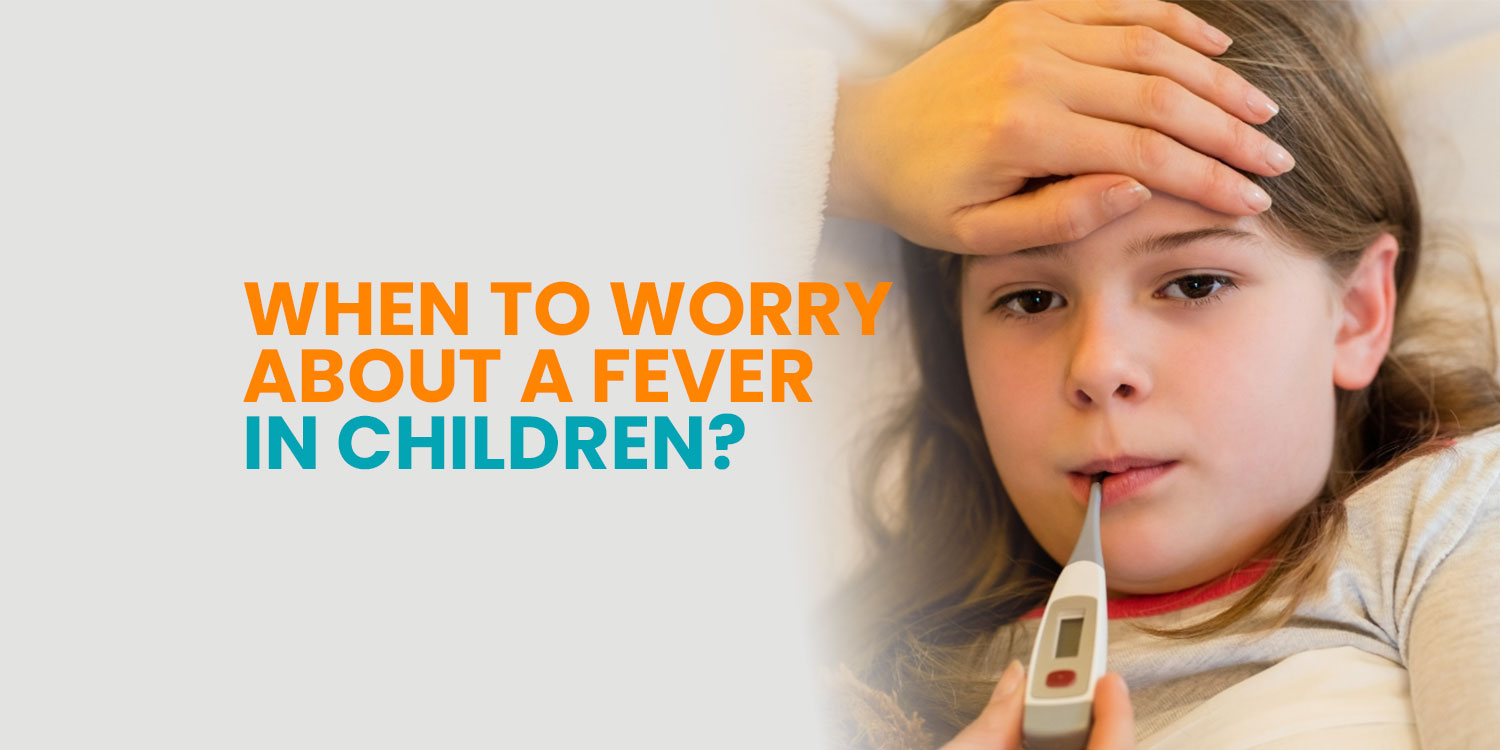Headaches are common—but not all headaches are created equal. If you’ve ever asked yourself, “Do I have a migraine?” you’re not alone. Migraines are a specific type of headache with distinct symptoms, and knowing the difference can help you get the right treatment faster.
What Is a Migraine?
A migraine is a neurological condition that typically causes intense, throbbing pain, usually on one side of the head. It’s more than “just a headache”—migraines can come with a variety of other symptoms, like:
- Nausea or vomiting
- Sensitivity to light and sound
- Visual disturbances (known as aura)
- Fatigue and difficulty concentrating
- Mood changes before or after the headache
Migraines can last anywhere from a few hours to several days, and they often interfere with daily activities, work, and family time.

Migraine vs. Headache: What’s the Difference?

If your symptoms sound more like a migraine, it’s important to track them and seek medical advice. Migraines are a chronic condition—but with the right tools, they can be managed.
What Triggers a Migraine?
Common migraine triggers include:
- Stress or lack of sleep
- Hormonal changes, especially in women
- Certain foods, like aged cheeses, chocolate, or caffeine
- Weather changes or bright lights
- Skipping meals
Everyone’s triggers are different, so keeping a headache diary can help you spot patterns.

When Should You See a Pharmacist or Doctor?
If your headaches are frequent, severe, or interfering with your life, speak to your pharmacist or doctor. You may benefit from:
- Acute treatments like triptans or NSAIDs
- Preventive medications if migraines are frequent
- Lifestyle strategies such as hydration, regular meals, and sleep hygiene
At iCare Pharmacy, we can help you determine if you’re dealing with migraines and discuss treatment options tailored to your needs. If necessary, we can also connect you with a doctor or specialist.

Bottom Line: Don’t Ignore the Signs
Migraines are real, and they’re treatable. If you’ve been wondering, “Do I have a migraine?”—you probably already know that your body is trying to tell you something. Let us help you find answers.
Migraines can be debilitating—but many people don’t even realize they’re having one.
In fact, only about 12% of migraine sufferers are properly diagnosed! Pie Chart
So how can you tell if that “headache” might actually be a migraine?
A migraine is more than just a bad headache. It’s often one-sided (Brain sticker), usually on the left or right side of the head, and can come with nausea (especially when you move), light and sound sensitivity (video effect), and auras—which are visual or sensory warnings that a migraine is on its way. (Aura)
Picture this: you’re at home, and suddenly everything feels too loud. The kids are extra noisy (kids playing), the TV seems like it’s shouting at you (vintage tv), and you’re snapping, “Kids! Turn down the TV!”
You feel like you have a low grade headache. That might not just be stress… it could be a migraine.
If this sounds familiar, it’s worth getting checked out. A quick conversation with your pharmacist or doctor could make a real difference.

References
American Migraine Foundation. (2021). What is a migraine? https://americanmigrainefoundation.org/resource-library/what-is-a-migraine/
Headache Classification Committee of the International Headache Society (IHS). (2018). The International Classification of Headache Disorders, 3rd edition. Cephalalgia, 38(1), 1–211. https://doi.org/10.1177/0333102417738202
National Institute of Neurological Disorders and Stroke. (2023). Migraine information page. https://www.ninds.nih.gov/health-information/disorders/migraine
Mayo Clinic. (2023). Migraine. https://www.mayoclinic.org/diseases-conditions/migraine-headache/symptoms-causes/syc-20360201
Lipton, R. B., Bigal, M. E., Diamond, M., Freitag, F., Reed, M. L., & Stewart, W. F. (2007). Migraine prevalence, disease burden, and the need for preventive therapy. Neurology, 68(5), 343–349. https://doi.org/10.1212/01.wnl.0000252808.97649.21




